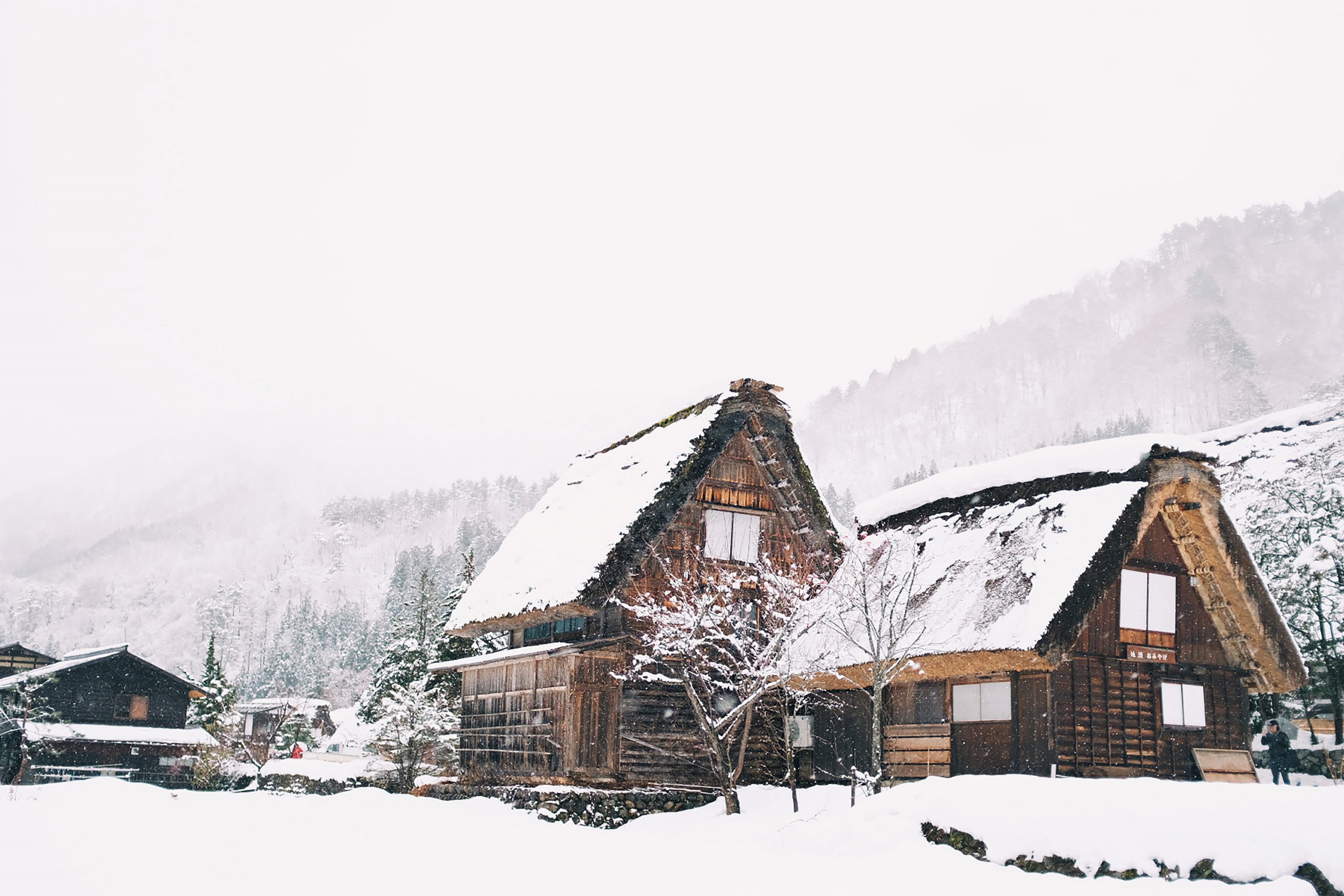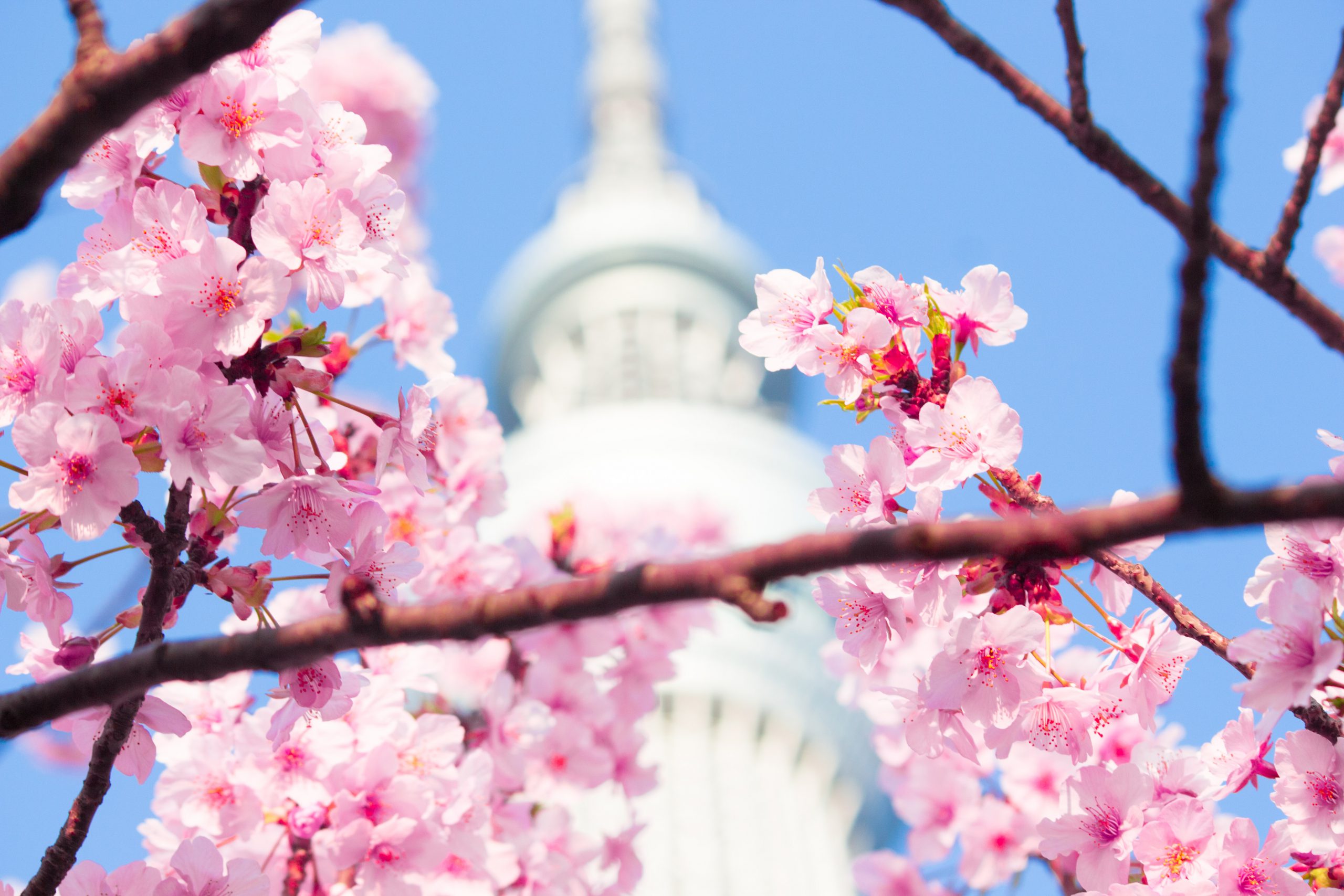Between Kyoto and Tokyo, there is a beautiful region with some amazing, unique historical highlights and rich nature. This area isn’t visited by the large crowds of international tourists, but well worth a visit. Amongst others it is home to one of the best-preserved cities from the samurai era (16-18 century); Kanazawa. Like Kyoto, Kanazawa was spared from the World War II bombing and therefore has many historical sights that offer a great experience. If offers shrines, temples, a castle and one of Japan’s best gardens. Near Kanazawa, there is a UNESCO world-heritage site village called Shirakawago. Surrounded by desolated mountains, the small town is known for its atmospheric local townscapes and great festivals. Another special place in the region is Hida Takayama, an historical area in Takayama city, with some well preserved sake breweries and houses.
These three places are a guaranteed special experience and a must visit if you want to see and experience the traditional atmosphere and townscapes. Especially in Takayama, you will find some amazing places to get a taste of the local culture and the old days in Japan. Just as an example, this article suggests an itinerary to Takayama, Shirakawago, and Kanazawa. We recommend to plan at least three days, but when time permits you should consider spending more time in this amazing, authentic area of Japan. We’ll also introduce some other places nearby that are still not well-known among foreign tourists, but are famous among the Japanese people.
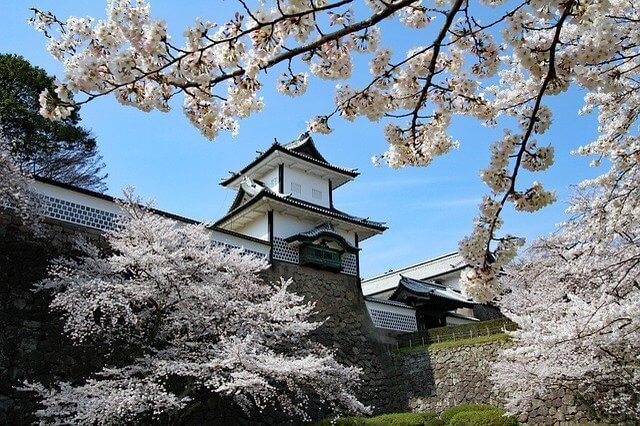
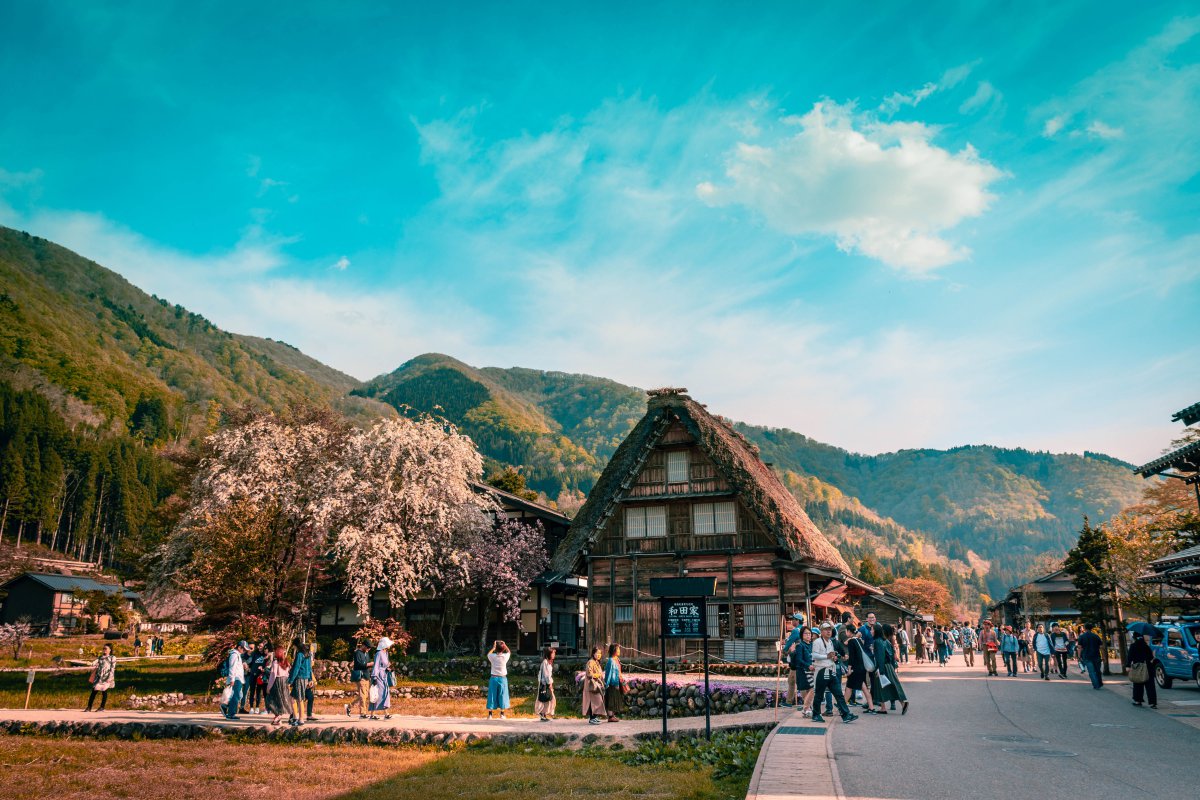
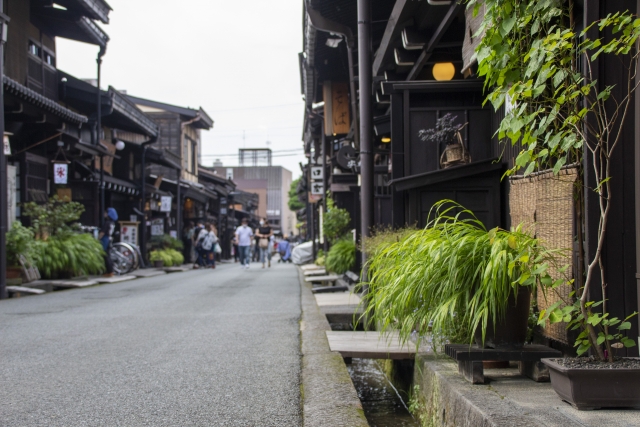
Day 1: Kanazawa
Kanazawa is a city once ruled by the biggest feudal local Samurai clan for about 300 years and the biggest city in Hokuriku region, the central eastern part along the Japan Sea). Get a glimpse into the past as the city has managed to maintain some traditional Samurai residential districts and Geisha districts. Kanazawa is a city that developed in a different way compared to other historical cities like Kyoto, Nara or Kamakura, for two reasons: firstly, because of the times governed by local Samurai clan and, secondly, due to the weather with frequent snow in winter, the city show some major differences.
Get Your Bullet Train Shinkansen Tickets From Tokyo to Kanazawa from here!
Great places to visit in Kanazawa
There are many spots you can enjoy in Kanazawa. You can quite easy visit 4-5 spots if you have a full day, because most of the best spots are located near Kanazawa Station. The city is somewhat small and can easily be explore on foot, but if you want to cover more ground you can also rent a bicycle or you can take the local Kanazawa Loop Bus, which is very tourist-friendly. A one-day bus pass costs ¥800 for adults. For more details, visit their official website.
1. Omicho market
Omicho is a fabulous, local fish market with 180 shops & restaurants, located in the centre of Kanazawa. For geographical reasons (Kanazawa city is facing Japan Sea), you can find different seafood than in other cities such as Osaka, Hiroshima, Sapporo, or Tokyo. It is recommended to try some seasonal local seafood here such as firefly squid, Nodoguro (blackthroat seaperch), Kanburi (yellowtail, caught in cold winter), Gasuebi (small local prawns) or Seikogani (a kind of female snow crab with eggs). It is good to visit in the (early) morning except for Wednesday. (Since many shops are closed on Wednesday).



2. Kenrokuen Garden and Kanazawa Castle
Among Japanese people, Kenrokuen is known as the one of the three best gardens in Japan, probably also the most popular. It was once used as the outer garden of Kanazawa Castle, the headquarter of the biggest local clan from 17th to 19th century. The beautiful garden view with abundant water and flowers or trees are breathtaking and each season, you can observe a different landscape. The nearby Kanazawa Castle ruins are another symbol of the city.
3. 21st Century Museum of Contemporary Art
Despite Kanazawa being known for offering a traditional experience, it is also home to one of the most famous contemporary art museum in Japan. This museum has a concept as generating new culture and revitalizing its community. They have their own permanent exhibitions by Leandro ERLICH, Olafur ELIASSON, James TURRELL, etc and their temporary exhibitions. Also, often they do a special events. Not only for art lovers, but also everyone, even in children can enjoy this museum.
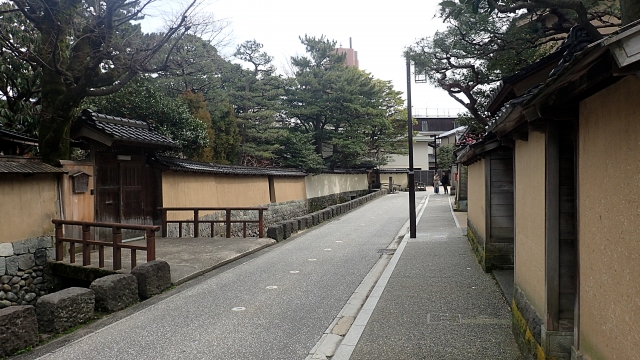
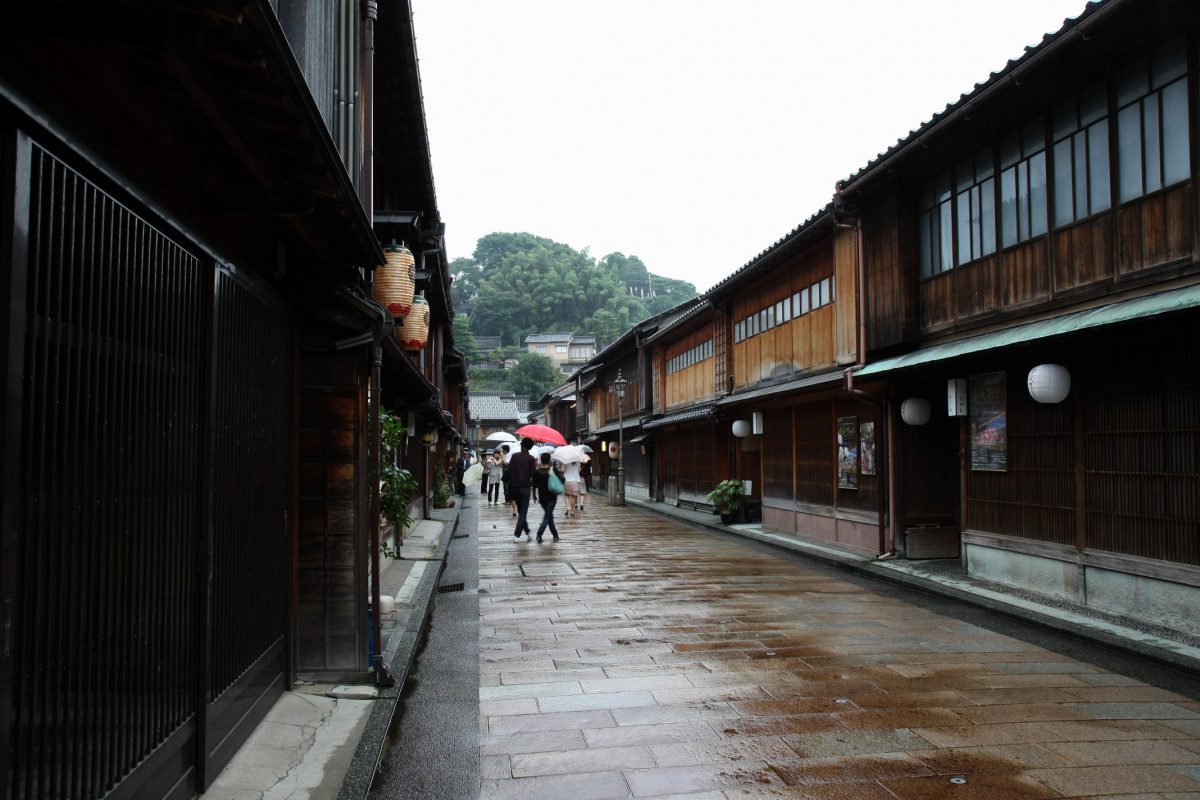
4. Nagamachi Samurai District
Nagamachi is a district known for the traditional Samurai residences. The middle class Samurai families were living in this district for more than 250 years. Most houses are private residences, but there are some houses that you can enter and enjoy inside. The most famous one is Nomura House. Next to the historical samurai houses, there are some cafes, shops, and a Kimono Museum.
5. Geisha districts in Kanazawa
In Kanazawa, there are three photogenic geisha districts with the most popular one being Higashi Chayagai. You can enjoy the townscape with Japanese traditional townhouses. Among current Japanese girls, typical activity in Kanazawa is walking around Higashi Chayagai with Kimono. One of the most interested attraction of Higashi Chayagai is Shima. You can enter the traditional former geisha house and see their special collections. Also, there is Hakkokan where you can enjoy unique local experience gold-leafing produced by local gold leaf company, Hakuichi. If you want to explore more of the geisha districts, visit Kazuemachi & Nishi Chayagai.
Get close on feeling like a Geisha and book yourself a Kimono!
Try renting a Kimono with the best: Kimono Rental Kanzawa
6. D.T. Suzuki Museum
Heading south from Kenrokuen & 21st Century Museum, there is the D.T. Suzuki Museum, a spiritual museum tributed to the Buddhist philosopher, Daisetsu Teitaro Suzuki. He is known to have introduced the Zen spirit to Western countries. To reflect on his spirit and mind, this museum was built as visitors can learn about his view of the world and practice to make your mindset nearby its water mirror garden.
7. Noh Museum & Noh Theater
Noh (能) is a Japanese classical performing art and a type of dance-drama developed from 14th century. It is a widely known traditional art in Japan but it was especially popular in Kanazawa during the Edo period. At Kanazawa Noh Museum, you could learn the history and see their cultural exhibition about Noh. Also, you can wear special Noh costume on 1st floor if you like. The museum is located next to the 21st Century Museum of Contemporary Art. If you want to experience Noh itself, you can do it in Kanazawa, too. South from Kenrokuen, there is Ishikawa Prefectural Noh Theater that show the traditional plays.
Where to stay in Kanazawa
We recommend staying in the station area of Kanazawa, however, because of the compactness of the city, anywhere in the centre will be a great place to stay. Near the station there are tons of restaurants and izakayas and most hotspots are located near Kanazawa Station, making it the ideal base for your stay in Kanazawa.
Klook.com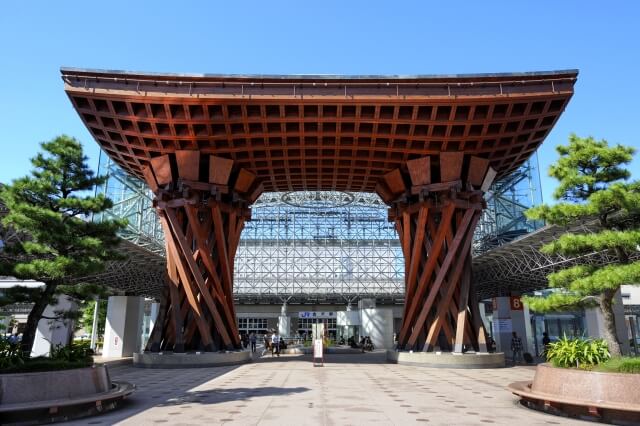
How to access Kanazawa
Kanazawa can be easily reached from both the directions of Tokyo and Kyoto (or Osaka), you can come to Kanazawa Station, a beautiful architectural highlight itself, by JR train or shinkansen.
From Tokyo to Kanazawa
Shinkansen Kagayaki from Tokyo or Ueno Station to Kanazawa Station: ~2.5hrs, ¥14.180
Shinkansen Hakutaka from Tokyo or Ueno Station to Kanazawa Station: ~3hrs, ¥14.180
From Kyoto / Osaka to Kanazawa
Take JR Limited Express Thunderbird to Kanazawa Station: 2h15m – 2h45m, ¥6.820 – ¥7.590
Day 2: Shirakawago & Gokayama
Shirakawago in Gifu Prefecture and Gokayama in Toyama Prefecture, are two scenic mountain areas that are famous for their architectural style called gassho zukuri. Both are designated UNESCO World-Heritage sites that attracts visitors with their traditional Japanese houses. The houses are built with steep triangular roofs, to prevent the snow from piling up in winter. This style resembles the shape of two folded hands is known as gassho-zukuri, with gassho referring to the act of praying. What makes the houses extra special is the fact they were constructed without a single nail, centuries ago. The oldest one is 400-year-old! Some of the houses are still in use as a home, whereas other have transformed into hotels, restaurants and museums. Ogimachi in Shirakawago is the most easily accessible village and also the largest, Suganuma and Ainokura in the Gokayama region are bit more off the beaten path.


Where to stay in Shirakawago / Gokayama
- Shiroyamakan – an up-scale ryokan within walking distance from Shirakawago
- Fujiya – a charming hot-spring hotel that serves amazing kaisaki meals
How to access Shirakawago & Gokayama
Shirakawa and Gokayama are located in the mountains of Gifu and Toyama and both areas used to be rather remote. These days, the expressway connects the areas to nearby cities within an hour. Your fastest option to get around the area is by (rental) car, this will also offer you much more flexibility. Driving in Japan is comfortable and save and renting a car can be done all around.
From Tokyo to Shirakawago
From Tokyo your fastest option is to take the shinkansen in the direction of Kanazawa, but get off one stop earlier at Toyama (2-3hrs, ~¥12,760) and switch to the bus to Shirakawa-go (1.5hrs, ¥1.730) from there you can catch a bus to Gokayama (30-60 min, ¥870 – ¥1,300)
From Kanazawa to Shirakawago
From Kanazawa you can take a bus to reach the secluded areas of Shirakawa-go and Gokayama. The highway bus from Kanazawa to Shirakawago will take ~75 min and costs ~¥2,000. The bus from Kanazawa to Gokayama will take ~1hr and costs ¥1,540.
Day 3: Takayama
Takayama is a city in the Hida region of Gifu Prefecture with a well-preserved old district known as Sanmachi Suji. Many foreign tourist love the authentic atmosphere of the picturesque castle town with well preserved merchant houses. There are some old, narrow streets where well-preserved Japanese traditional sake breweries and houses can be visited that date back from the Edo period through the Meiji period. Most of the buildings are currently used as gift shops, restaurants, ryokan, and other facilities offering several kinds of experiences for tourists. It is also a great place to enjoy local specialty such as Hida beef and high quality sake.
There is a pleasant walking trail of about 3km in length, called the Higashiyama Walking Course through Takayama fascinating townscape and along the former Takayama Castle. Hida Takayama developed as a lively town around the castle, however, present day you can only see the remains of the castle in Shiroyama Park.
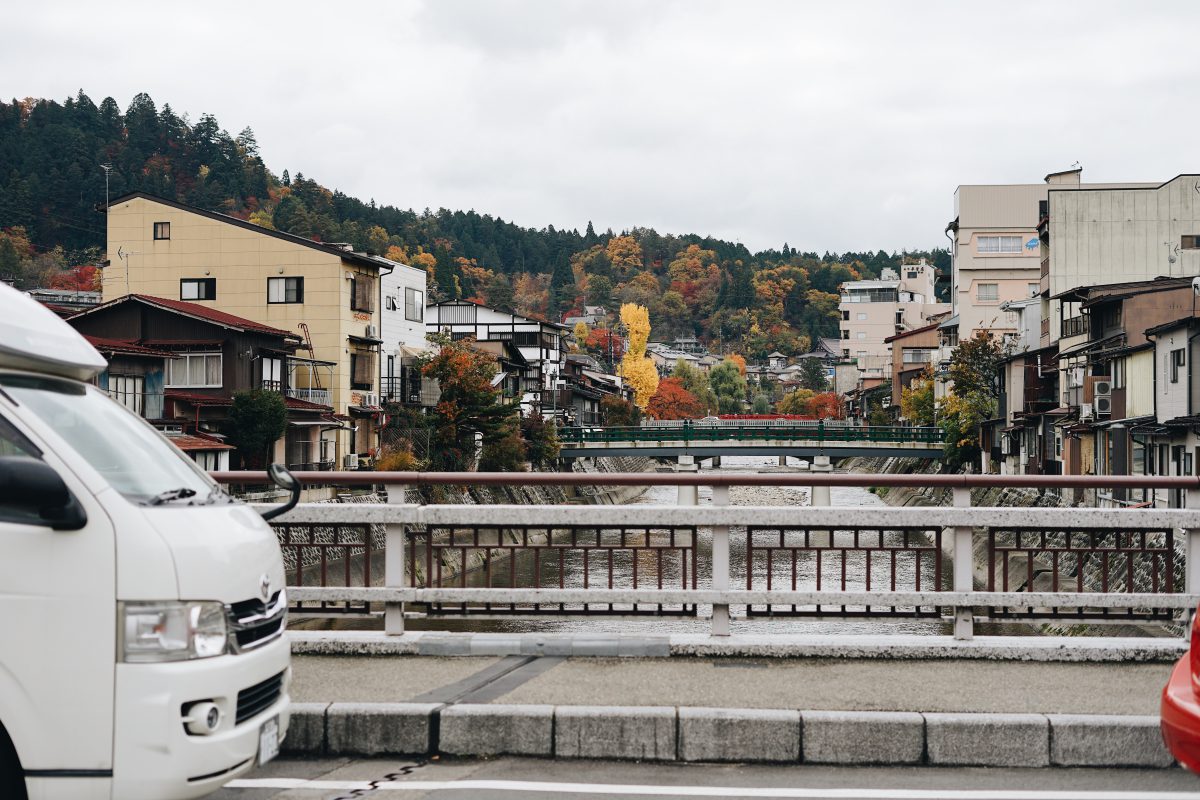
Good places to visit in Takayama
1. Morning markets
The morning market of Takayama is one of the biggest in Japan. Every day two morning markets are held in Takayama from 7am to noon, one in sanmachi suji along the Miyagawa river and one in front of the Takayama Jinya. All kinds of local crafts, snacks and vegetables are sold at the market. It is a great place to get some (cheap) souvenirs too.
2. Sanmachi suji
Just north of Takayama Station you will soon enter the Sanmachi Suji district, a maze of narrow streets with beautifully preserved houses, traditional merchant houses, restaurants, shops & sake breweries. Three streets together make up to the iconic historic district of Hida Takayama.
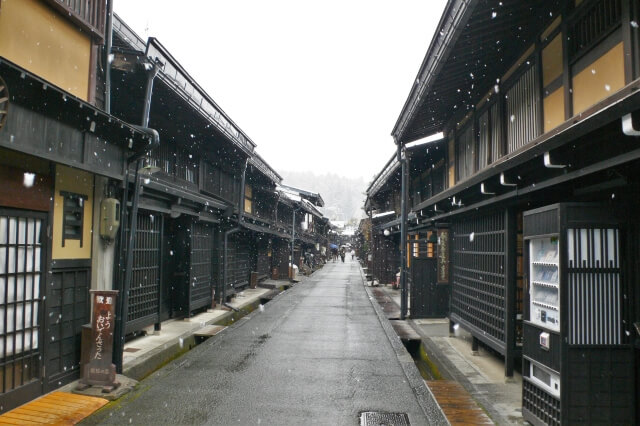
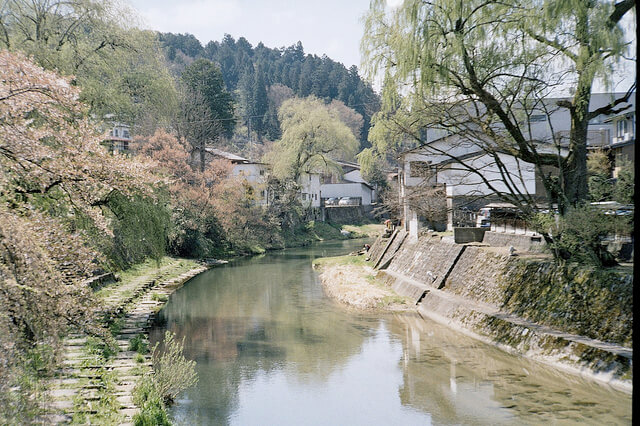
3. Takayama Jinya
Takayama Jinya is the former government office building dating back to the Edo period, the only one left in its original shape. Jinya refers to all kinds of government buildings from where the region was ruled during that period. This includes the administrative offices, officials’ living quarters, warehouses, a courtroom, and more. It is a unique opportunity to experience the Japanese culture during the Edo period and you can feel the city was very rich and flourishing at the time.
4. Kusakabe Heritage House
Kusakabe Heritage House is a century-old house and former sake brewery located in the old town area of Takayama. Present day, the building houses a folks craft museum. The original building was destroyed by fire and the current building is a reproduction construction in 1879. Here too you can witness some beautiful old architecture.
5. Takayama matsuri
Takayama matsuri is an annual festival started in held in spring and autumn. During these major events beautifully decorated floats called yatai are paraded through the city. Several of the autumn parade yatai are on display in the Takayama Matsuri Yatai Kaikan. If you are interested in learning more about this historical festival, visit the Matsuri no Mori (Festival Forest, まつりの森). The museum displays the key aspects of the festival and has some impressive life-sized replica of the yatai, huge taiko drums and more.
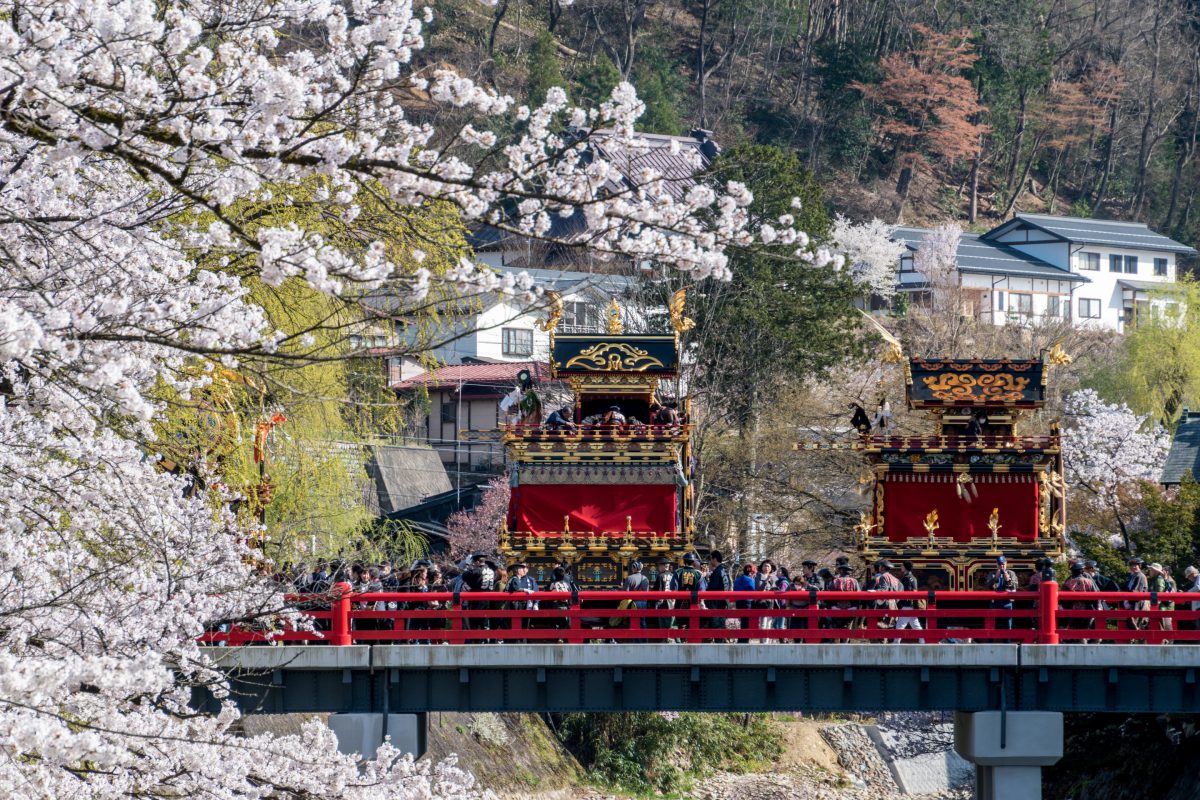
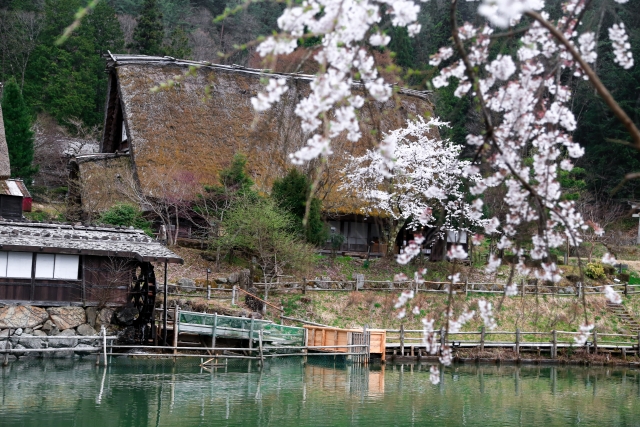
6. Hida no Sato
Hida no Sato is an open air museum, located just outside of Takayama, with over 30 relocated, traditional houses from the Hida region, including some gassho-zukuri style buildings. The pittoresque village overlooking the Takayama valley provides a glimpse into life centuries ago. There are frequent demonstrations of traditional crafts too. From Takayama Station, Hida no Sato is a 30 minute walk or a short bus ride.
Where to stay in Takayama
Oyado Koto No Yume – a lovely ryokan near Takayama Station, with good food and onsen.
eph TAKAYAMA – a small, cozy boutique like hotel located in the Hida Takayama Onsen district
Hodakaso Yamano Iori – a Westernized Japanese hotel located in a remote area near Takeyama with amazing food and a large outdoor onsen.
How to access Takayama
From Tokyo to Takayama
- Take Tokaido Shinkansen to Nagoya Station and transfer to the JR Hida limited express train to Takayama (~4.5hrs, ¥14,890).
- Take Hokuriku Shinkansen to Toyama Station and transfer to JR Hida limited express train to Takayama (~4hrs, ¥15,980). Only a few good connections per day.
Express bus Kanazawa, Shirakawago and Takayama
Between Kanazawa, Shirakawago and Takayama, express buses runs several times a day. Many tickets and passes are offered to tourists for accessing and exploring Shirakawago, Gokayama and surrounding destinations such as the Takayama-Hokuriku Area Tourist Pass, Shirakawago Gokayama Route Ticket,and Shoryudo Highway Bus Ticket.
Other nearby attractions
Shinhotaka Ropeway – Do want to discover the Japanese Alps but don’t feel like walking up the mountains? The cable cars of Shinhotaka Ropeway will take you more than 2,000 meters up the mountains. From the top you have an amazing panoramic views of the Japanese Alps. Nearby the ropeway stations you can also find some nice hiking trails and onsen to enjoy.
Visit the Snow Monkeys The snow monkey is a native species and lives in the mountains of the Nagano prefecture. They survive the tough winters by grouping around some (natural) hot springs. In Jigokudani Park you can see the cute monkeys relax in the hot waters!

What did you think about these three places, would you like to visit them? Each offer a amazing experience to travel back in time and see what life was like in the Edo period. The three area are well-known among the Japanese people, but many international tourist skip these destinations. We would suggest taking at least three days to discover the areas at a relaxed pace. While the public transportation has significantly improved recently and most of the train rides are covered by the JR Pass, renting a car will give you more flexibility and save you some time.
Follow us on Instagram, Facebook and Twitter for more travel inspiration. Or tag us to get featured!
Happy travelling!
Other articles you might find interesting
This post may contain some affiliate links. When you click through and make a purchase we may receive some commission, at no extra costs to you.
